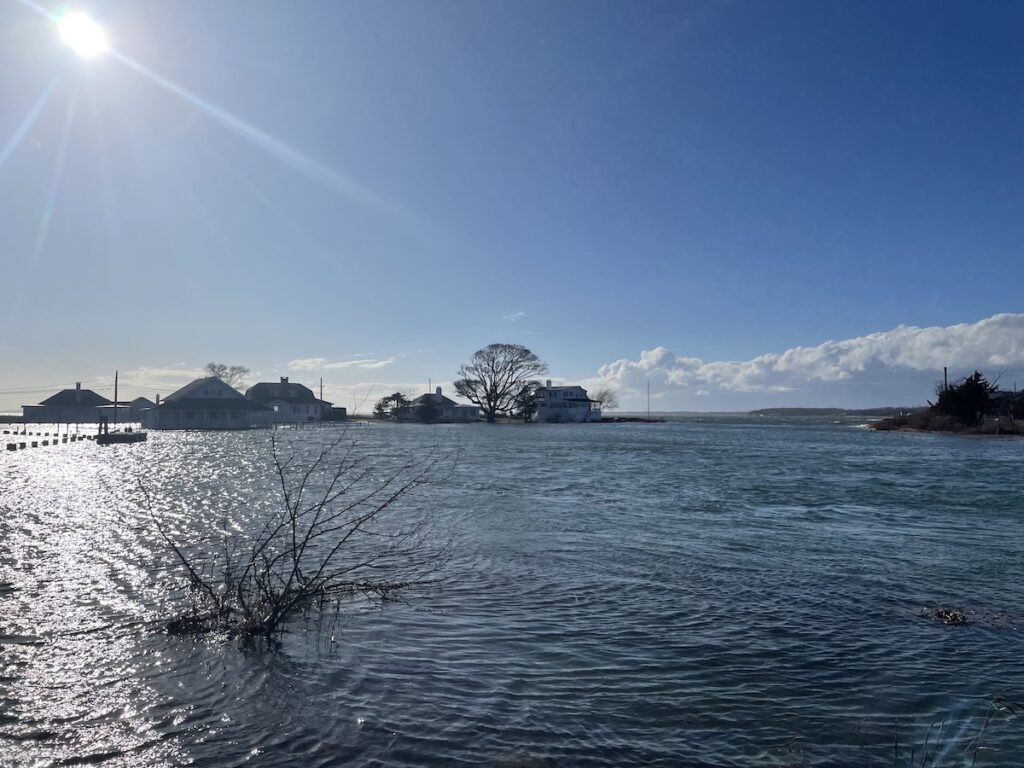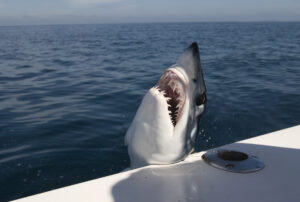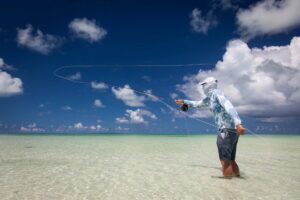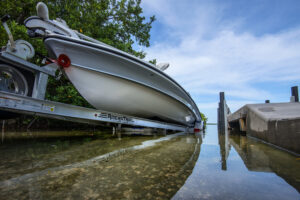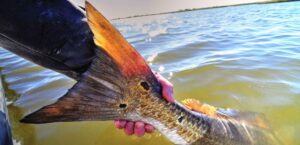Saltwater fishing is all about timing—and nothing affects timing more than the tides.
It doesn’t matter if you’re casting from the surf, working a pier, or cruising the flats on a skiff. If you’re not fishing when the water is moving, you’re stacking the odds against yourself. Tides are the lifeblood of the salt, influencing how baitfish behave, when predators feed, and even where your lure should land.
Why Tides Matter
Tides are caused by the gravitational pull of the moon and sun, and they create predictable rises and falls in water levels throughout the day. But they’re more than just a backdrop—they’re one of the biggest signals fish respond to. As tides move, they carry baitfish and crustaceans with them, pushing food into ambush zones like cuts, troughs, grass edges, and points.
Predatory fish like redfish, snook, stripers, and sea trout aren’t just roaming aimlessly. They’re strategic. They wait for tidal movement to bring the buffet to them.
Incoming vs. Outgoing
Most anglers find success during the last hour of the incoming tide and the first hour of the outgoing tide. Here’s how they differ:
- Incoming Tide: As the water rises, baitfish move inland. Predators follow, pushing shallow onto grass flats, into mangroves, or up estuary channels. This is a great time to target redfish and snook in skinny water or structure-holding species closer to shore.
- Outgoing Tide: As the water pulls back, bait and debris are flushed out. Predators often set up along funnels like creek mouths, jetty tips, and bridge pilings to intercept the flow. This tide can be especially productive in tighter channels or when fishing from piers.
- Slack Tide: This is the period between tides when water movement stops. Fishing typically slows way down. Predators become less active and bait spreads out—making it the least productive time to fish.
Read the Charts, Not Just the Clock
Most beginners just glance at the time of high or low tide. That’s a good start—but not enough. The real key is tidal swing—how much water is moving, and how quickly. A big swing (say, 4 to 6 feet) moves more bait and generates stronger currents, which usually triggers more aggressive feeding.
Look at tide charts that also factor in moon phases. Full and new moons create the largest tidal ranges (called spring tides), while quarter moons bring smaller, less dynamic shifts (neap tides). Bigger swings = more movement = more fish.
There are plenty of apps (Tides4Fishing, Fishbrain, Windy, NOAA) that make it easy to track tides by location. Pick one, check it before you go, and try to time your session around moving water.
Match the Spot to the Tide
Different spots fish better on different tides. Here are a few examples:
- Surf: Incoming tides tend to push fish closer to shore, especially around sandbars and troughs.
- Inlets and Jetties: Outgoing tides flush bait into deeper channels—stripers, bluefish, and snook will often stack up at these choke points.
- Flats and Marshes: Best fished on rising water, when reds and trout push up to feed on shrimp, crabs, and baitfish entering the shallows.
- Bridges and Piers: Fish the edges where current moves bait past structure—usually right after the tide changes.
A Personal Example
Last summer, I fished a narrow creek feeding into a back bay. We hit it on a dead low tide—nothing moving, not a bump for two hours. But the moment the tide turned and started rising, everything changed. Mullet poured in, birds started diving, and within minutes we had schoolie stripers busting bait at our feet. Same water, same gear—just timed with the tide.
The Takeaway
If you want to catch more saltwater fish without changing your gear, your spot, or your tactics—start paying attention to the tides. It’s free, it’s predictable, and it works.
Next time you hit the water, don’t just ask “what’s biting?” Ask “when’s the tide moving?”
That’s when the real action begins.

